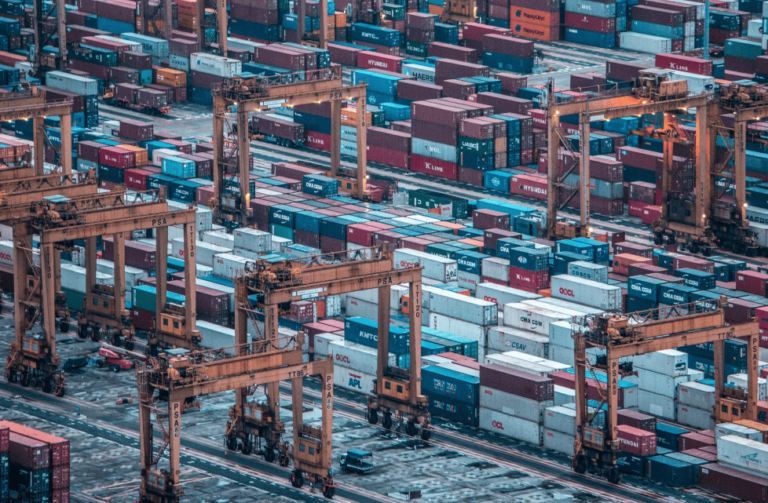The raw materials market, like other market sectors, experiences instability and is strongly influenced by many factors. Accordingly, in this article we will check what affects this sector of the market and what to look out for when trading commodities.
In recent decades, the growth of the global economy has also stimulated the growth of the commodity market. Thanks to increasingly accessible financial markets, many traders have turned to the commodity markets to seek new trading opportunities.
he commodity market tends to have high volatility, which can have an effect on the trading strategies used by the trader. There are several factors behind the high volatility of the commodity market. Key factors include supply and demand for a commodity, currency movements, geopolitical situation, government policies and economic growth.
Table of Contents
Supply and demand
Since the supply and demand of raw materials are constantly changing, their price will also change. The basic rule is that commodity prices increase as demand increases. Prices also increase when there is a decline in the overall supply or inventory of a commodity. On the other hand, the price falls in the face of decreasing demand and increasing supply.
For example, in 2020 with the appearance of the Coronavirus pandemic, the world came to a standstill as a global wave of lockdowns kept people at home. With the shift to a stay-at-home lifestyle, demand for gasoline plummeted, and oil prices fell as a result. At one point, the price of WTI stopped at just $18 per barrel on April 20, 2020.
Currency movements
The price of raw materials is generally expressed in USD. As the value of the USD rises and falls, so does the price of commodities. For example, if the USD has a sharp increase in comparison to a basket of major currencies, as expressed in commodities, this may cause a decline in the prices of commodities such as crude oil and other energy, precious metals and agricultural products.
As a result, it is prudent to also keep an eye on the forex market when trying to understand the broader commodity market. Nonetheless, of course, markets do not always function so uniformly. However, such external factors must be taken into consideration when trading.
Geopolitical situation
Some raw materials are produced in regions experiencing great political uncertainty. For example, crude oil is largely produced in Middle Eastern countries. This means that the price of Brent and WTI can be strongly influenced by tensions that historically occur in that region.
For example, when the United States imposes economic sanctions on Iran, the price of crude oil typically trades higher due to the expected cut in the supply of Iranian oil to the market. Another clear example of this is the war between Russia and Ukraine, which began in February 2022.
This war has clearly disrupted the commodity market, and according to the World Bank Commodity Market Forecast has caused serious disruptions in the production of raw materials, especially those exported from Russia and Ukraine.
Economic growth
Even the prosperity of a country can influence the price of a commodity. This happens because the economic prosperity of a country determines the purchasing power of its population. The effect is more evident if the country in question is a large producing country or a large user of that product.
A good example is the case of Venezuela. Although it is a major oil country, the government has damaged the country’s oil industry due to lack of investment, corruption, and liquidity shortages. This, in turn, crippled the economy and caused hyperinflation.
Furthermore, the economic sanctions imposed on Venezuela have further limited the country’s oil production, exports and revenues.
Mother Nature
Mother Nature also plays a decisive role in determining the prices of raw materials, especially in the agricultural sector. A favorable climate can result in a bumper harvest leading to oversupply of a commodity. While an adverse climate can result in the destruction of a crop, leading to a shortage in the supply of a raw material to the market.
Adverse weather conditions can also affect the price of fuel oil and natural gas in the market. A cold spell can lead to increased demand for energy products, which in turn pushes prices higher.
For example, in April 2021, Brazil, one of the main countries for the production of coffee and corn, suffered a wave of drought followed by frost. Obviously, these unfavorable weather conditions caused the prices of coffee and corn to rise sharply.
Transportation and storage costs
While usually not a major factor, transportation costs can also play a role in shifting commodity prices. For example, oil tankers sometimes double as storage facilities during times of oversupply. This action has the effect of taking available oil tankers out of the shipping market, resulting in increased shipping rates.
Read also: Why the Houthi attacks in the Suez Canal pose risk of global commercial chaos












